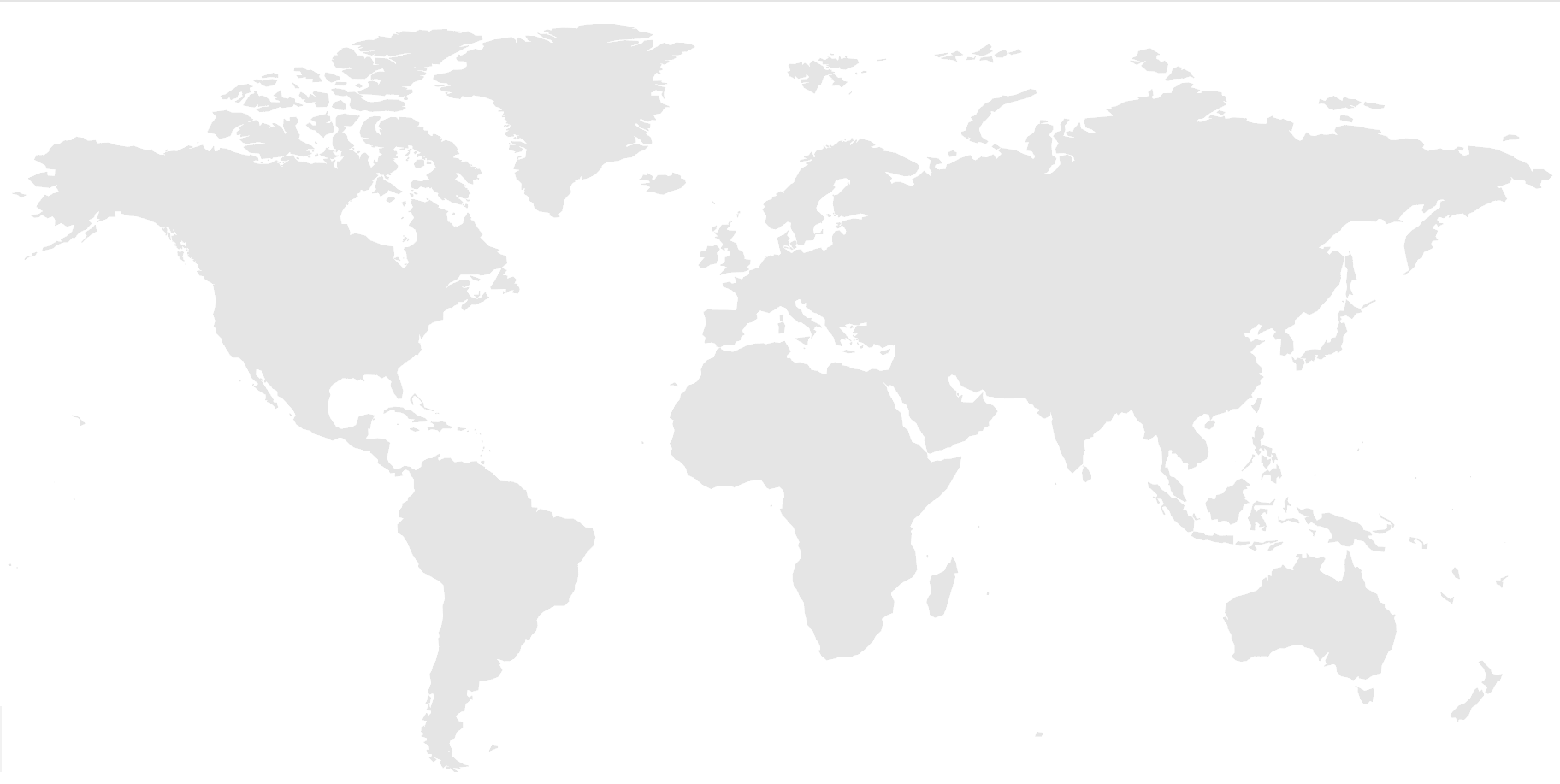Digital Innovation empowers over 1,000 river community members in Southern Africa collecting verifiable water quality data for policy impact.
Local communities in Southern Africa are monitoring the health of their freshwater sources, using the miniSASS method to identify small creatures living in streams and rivers. Their data fills an urgent need to track the impacts of pollution, overuse, or climate change, but how can decision-makers trust citizen science? A smartphone app developed by the CGIAR Research Initiative on Digital Innovation makes it easier to automatically verify the data collected – a solution that elevates citizen science for global impact on environmental sustainability.
The Limpopo river basin sustains life and livelihoods across four countries in Southern Africa (Botswana, Mozambique, South Africa and Zimbabwe), governed by the Limpopo Watercourse Commission (LIMCOM). Decision-makers need better data to prevent harm to this vital resource from pollution, overuse, and climate risks, but national budgets for water monitoring are scarce.
Scientists at IWMI and GroundTruth have pioneered the mini stream assessment scoring system (miniSASS), a simple and inexpensive method to monitor water quality. It involves going to a stream or river, and capturing and identifying small animals called macroinvertebrates in the water. Different groups of macroinvertebrates are sensitive to different water quality issues. MiniSASS uses those differences to assign a score for water quality and river health based on the community of creatures present.
With miniSASS, local communities can become citizen scientists. One such group, the Enviro-Champs, has spread from one township to become a technologically innovative group of around 1,000 volunteers in KwaZulu Natal with the support of multiple partners, including GroundTruth and the Duzi-Umngeni Conservation Trust (DUCT), the South African Presidential Employment Stimulus and the Social Employment Fund.
A report by UN Water recognizes the “global potential” of miniSASS to monitor the progress of SDGs relating to the health of water systems. Yet the report notes that “acceptance of citizen-derived data for official SDG reporting is rare.”
To build confidence and take miniSASS to the next level, a partnership was formed between GroundTruth, Digital Innovation, the UNICEF, and North-West University (NWU). This has resulted in an AI-powered smartphone app which trains users, helps to accurately identify macroinvertebrates, and reports data to an online system.
“CGIAR has given us a miniSASS product that auto-verifies its own data, creating a path for citizen scientists to submit data that are actionable in policy and management”, said Nicholas Pattinson, environmental research scientist at GroundTruth. “This is well-timed now that that national governments are looking to incorporate citizen science within management and policy. CGIAR involvement has taken the potential of miniSASS to the forefront for biomonitoring of the SDGs.”
Groundtruth and Digital Innovation used a database of 13,000 photos collected on field trips during late 2022 to train a machine learning algorithm to recognize macroinvertebrates. Then, the solution was built into a smartphone app alongside training materials and an interactive map.
With the miniSASS app, users navigate the map to the survey site, document its features and take photos of macroinvertebrates using their smartphone camera. The app then uses a digital, interactive visual identification key to calculate the miniSASS score while the machine learning algorithm does the same, and it then uploads all the measurements, photos, and other data to miniSASS.org.
Combining the miniSASS score calculated by citizen scientists, the AIcalculated score and the geo-tagged photos uploaded to the cloud, the miniSASS app creates citizen scientist data that are automatically verified and immediately available to decision-makers.
UNICEF has adopted miniSASS to engage young people in citizen science through its YOMA learning platform, with over 600 people enrolled in the online miniSASS course. “This collaboration will empower youth in environmental stewardship while building their 21st century skills for the green economy”, said Michael Scheibenreif, UNICEF Impact Youth Market (YOMA) Lead.
For the next step, more communities and decision-makers at the national and international levels are being engaged to develop water quality monitoring systems using citizen science. One such effort is an ongoing Digital Innovation project with LIMCOM to build a digital twin, a full digital representation of the Limpopo river basin integrating multiple layers of real-time data, modeling and analysis to create a powerful dashboard for natural resource managers.
Header photo: A farmer uses a digital tool for smallholder pig production, Uganda. ILRI.




